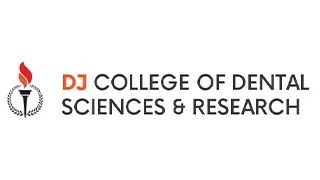Ahead of Print
Temporary Anchorage Devices in Orthodontics: Evolution, Applications, and Clinical Insights
Authors: Anjaneyulu . Punna, Dr Rahul Goud Padala, Thirumal . Naik
DOI: 10.18231/j.johs.12252.1759901570
Keywords: Temporary Anchorage Devices, Skeletal Anchorage, Mini-implants, Orthodontics, Biomechanics, Miniplates
Abstract: Anchorage control is fundamental to achieving stable and efficient orthodontic treatment outcomes. The development of Temporary Anchorage Devices (TADs) has revolutionized orthodontics by providing reliable, patient-independent anchorage for complex tooth movements. From early skeletal anchorage attempts to the modern use of mini-implants and miniplates, TADs have expanded treatment possibilities, especially in cases where conventional anchorage methods fall short. Understanding the biological and biomechanical principles, optimal placement techniques, and classification systems is vital for clinicians to maximize success rates. TADs play a critical role in applications such as anterior retraction, molar intrusion, distalization, midline correction, and vertical control. Although complications like screw loosening, inflammation, and root proximity exist, careful planning, patient education, and technological advances have improved predictability and patient comfort. Recent innovations including 3D-guided placement, bioactive surface treatments, and digital integration continue to enhance treatment efficiency and patient satisfaction. With ongoing research and interdisciplinary collaboration, TADs are poised to remain a cornerstone of modern orthodontic biomechanics. This review explores these developments comprehensively and highlights the promising future of skeletal anchorage in orthodontics.
